Eric Wollberg and Wesley Berry, co-founders of Prophetic, aim to be the first company to develop a wearable device that gives users control over their dreams.
The two met in March, when Wollberg was pursuing the idea of using “lucid dreams” (a term coined by the Dutch writer and psychiatrist Frederik van Eeden) to explore consciousness, and Berry was passionate about translating neural signals into works of art. They had in common a fascination with how brain imaging tools could help paint a picture of someone’s mind.
The device Prophetic developed resembles a headband that emits ultrasonic waves. “Lucid dreaming” occurs when the sleeper is aware that they are dreaming and is able to partially or completely control the dream.
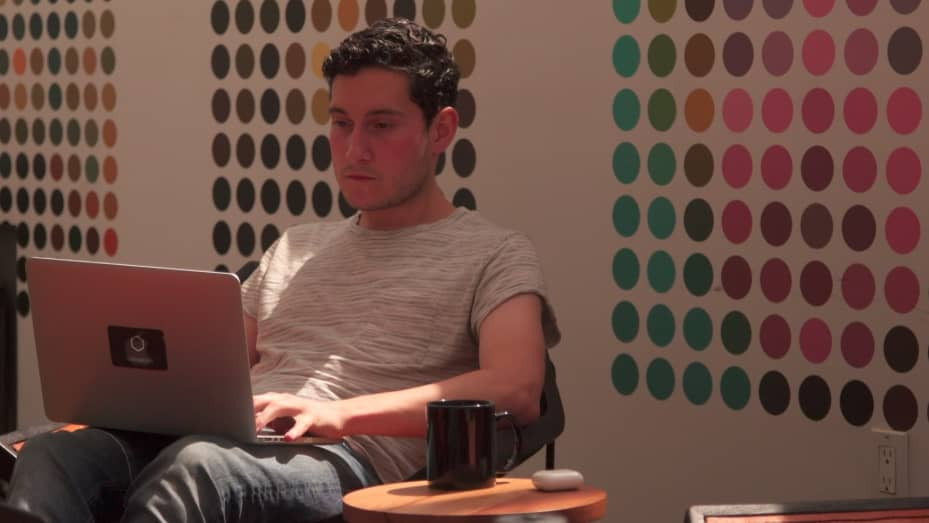
To create the non-invasive prototype device, dubbed “Halo,” the startup partnered with Card79, which also designs and builds hardware for Elon Musk’s brain-computer interface company Neuralink.
Prophetic’s ambitions come as AI companies race to launch AI-powered wearables. For example, Humane AI, a startup founded in 2017 by former Apple employees, debuted its AI Battery at Paris Fashion Week, while legendary iPhone designer Jony Ive and OpenAI’s Sam Altman are also said to be working on a hardware project involving the emerging technology.
Explore the human subconscious
Lucid dreaming has fascinated the public and the neuroscience community for decades, and has inspired blockbusters like “The Matrix” and “Inception.” On Reddit, the “lucid-dream” subreddit has 500,000 members.
According to research published in the US National Library of Medicine, neuroscientific research on the topic dates back to the 1970s, but interest has continued to grow with the expansion of the field of cognitive neuroscience.

Wollberg had her first lucid dream at age 12, and although she doesn’t remember exactly what she did, she calls it “the most profound experience she’s ever had.” By college, these dreams were more frequent, sometimes up to twice a week, and prompted the Prophetic founder to seek out applications for exploring consciousness at a deeper level.
Meanwhile, co-founder Berry has a background in neurotech prototyping, such as feeding EEG data into a transformer neural network — an AI model created by Google — to map out what humans can see in their minds.
The data used to train Halo’s algorithm came from the Donders Institute for Brain, Cognition and Behavior in the Netherlands. They focused on gamma brainwave signals, the fastest brain wave frequency currently measurable, which are typically present when people are in a state of intense concentration. These gamma signals are also a well-known component of “lucid dreaming.”
Next, the scientists run the data through a decoding AI model to create “tokens,” before passing these tokens to a neural transformer model. The ultimate goal is to train the AI to detect what brain states need to occur and what neural stimulation is needed to optimize prefrontal cortex activation.
Prophetic's wearable uses ultrasound to stimulate the user's prefrontal cortex while they're dreaming. Research shows that focused ultrasound stimulation can improve working memory, which, as startup co-founder Berry puts it, is similar to "having an idea pop into your head without knowing where it came from."
Today's leading transformer neural models are the foundation for popular AI tools, such as ChatGPT.
(According to CNBC)
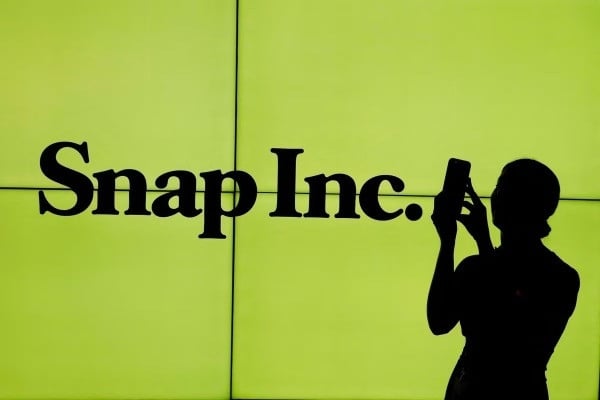
AI Chatbots Pose Risk to Children, Push for Regulation of Developers
Ensuring data privacy, preventing fake news and protecting children from risks posed by AI chatbots are prompting lawmakers around the world to seek solutions to regulate this technology.

Using AI technology to optimize public sector communications in the US
Artificial intelligence (AI) tools are showing potential for application in public administration in the US.
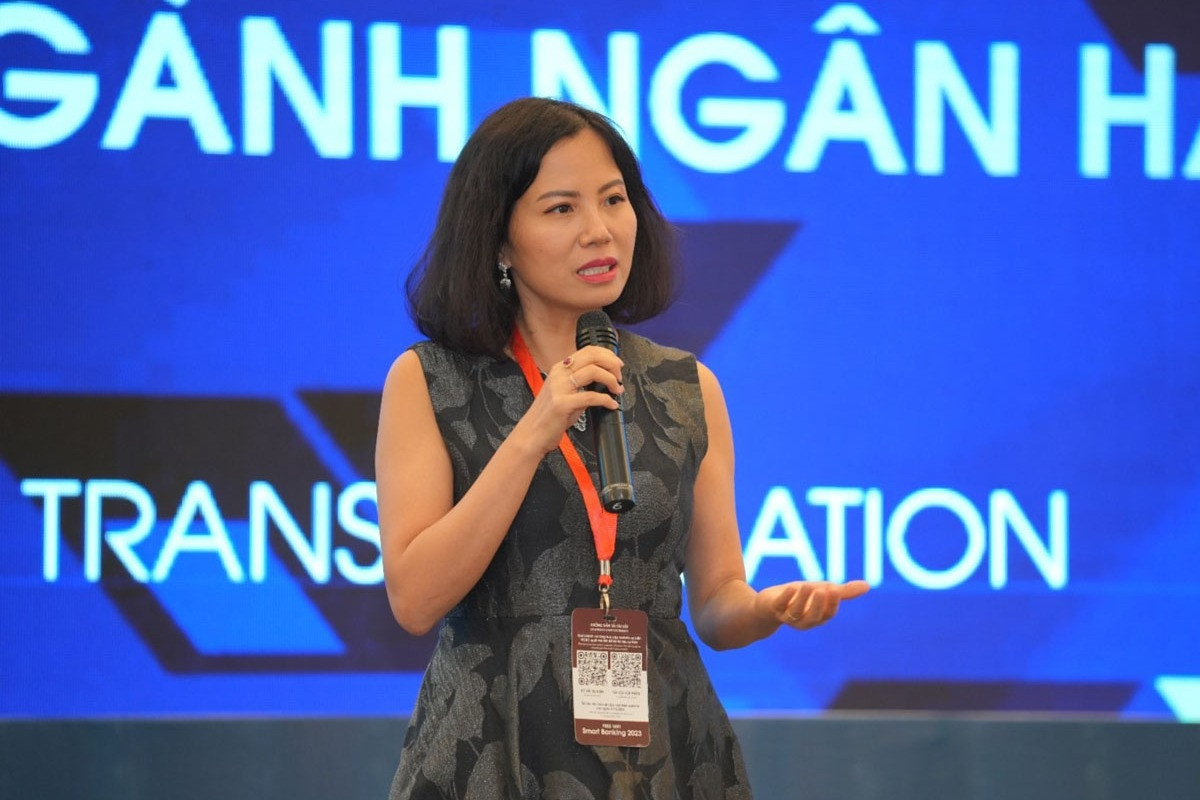
Accelerating digital transformation of Vietnamese banks by harnessing the power of AI
According to EY Consulting VN Chairman of the Board of Directors Nguyen Thuy Duong, exploiting the power of artificial intelligence (AI) technology, especially generative AI, can help banks in Vietnam accelerate the digital transformation process.
Source







![[Photo] Prime Minister Pham Minh Chinh receives delegation from the US-China Economic and Security Review Commission of the US Congress](https://vphoto.vietnam.vn/thumb/1200x675/vietnam/resource/IMAGE/2025/5/7/ff6eff0ccbbd4b1796724cb05110feb0)





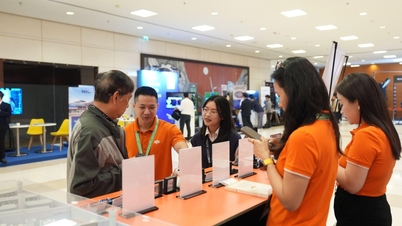


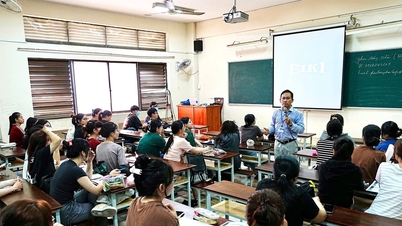


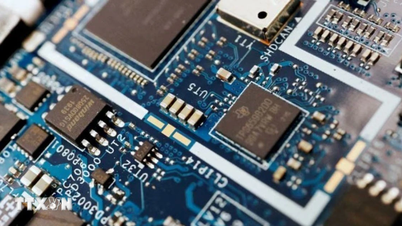
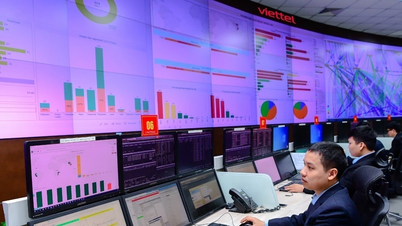



















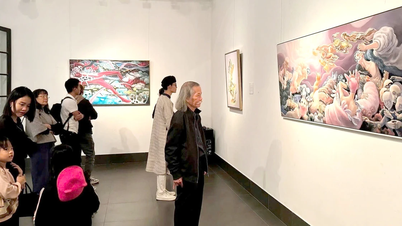









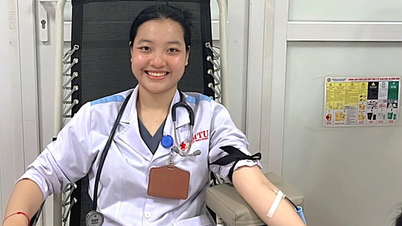
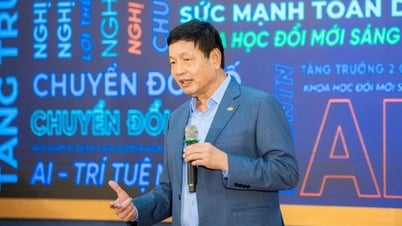









![[Photo] Prime Minister Pham Minh Chinh talks on the phone with Singaporean Prime Minister Lawrence Wong](https://vphoto.vietnam.vn/thumb/402x226/vietnam/resource/IMAGE/2025/5/8/e2eab082d9bc4fc4a360b28fa0ab94de)
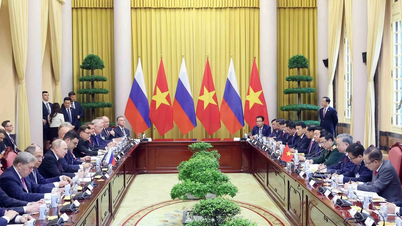

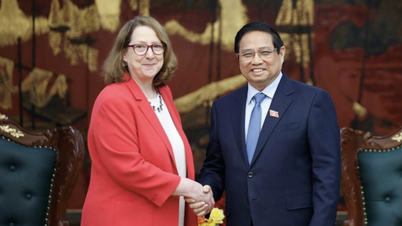









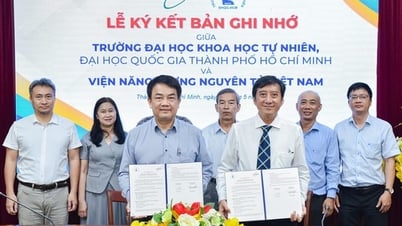




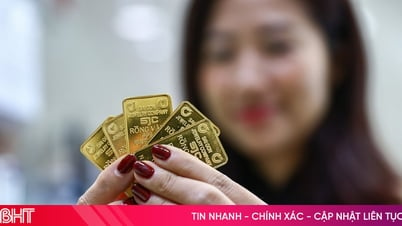




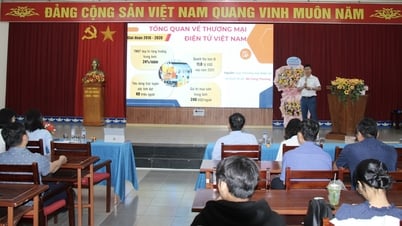











Comment (0)